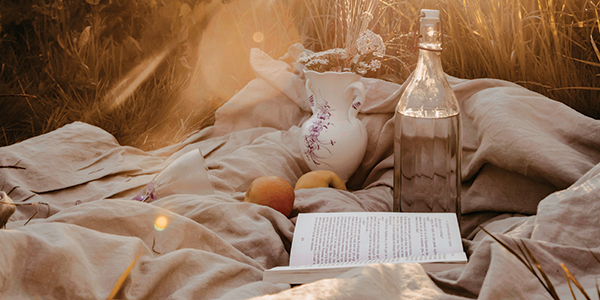Most people use front door plants to enhance the look of their home’s entrance. Many plants also add pleasant fragrances. Not all. Some stink and should be avoided. Or placed away from front doors and open windows.
9 Stinky Plants You Should Not Have At the Door
People react differently to smells. Some like the smell of mothballs, and some hate it. Most people dislike the odors the following plants produce.
Marigold

Marigolds smell like turpentine when touched, shaken, or brushed against. The smell is temporary but pungent while it lasts. They deter deer, rodents, and insect pests. Some odorless varieties have been developed for anyone who really hates the smell of paint thinner but loves the flowers.
Crown Imperial

The smell of crown imperial plants is described as skunky, musky, and sulfurous. These beautiful red, orange, or yellow plants grow up to five feet tall. While flowering they repel deer, squirrels, and other pests. Planting them at your front door may also repel visitors.
Sea Holly
Sea holly’s distinctive blue flowers smell like dog feces. It has blue thistle-like blooms and has a two-year life cycle. Deer do not like the smell or texture–making them ideal for yard perimeter planting. Downwind.
English Boxwood

English boxwood is very popular among landscapers because it is easily shaped. It smells like cat urine. Use it as a hedge away from the house. Potted or planted close to the front door, it can be very repulsive to visitors and the smell will seep into the house.
Valerian

Valerian flowers give off an odor resembling vanilla. The rest of the plant–especially the roots–stinks like dirty sweat socks. Humans dislike the smell but apparently, it attracts many types of animals–including dogs, cats, and rats. Having your dog or cat rolling on valerian plants and bringing the sweat sock smell into the house is not ideal.
Yellow Alyssum
Yellow alyssum has many attractions. Smelling like moldy old cheese isn’t one of them. It is a pretty, hardy, drought-tolerant ground cover that repels rabbits. Plant it well away from front doors, windows, and seating areas.
Hyacinth
The odor of hyacinth is described as sickly sweet with a hint of mothballs. People tend to love or hate the smell. Planting them at the front door and finding out you hate the smell is a bad plan. They repel rodents like chipmunks and squirrels–making them an ideal addition to garden perimeter planting.
Ginkgo Biloba Tree
As attractive as ginkgo trees are, take care to only plant male trees. Female trees drop fruit that smells like rotting cabbage or stomach acid. Very vile. The fruit is messy and sticks to shoes and clothes. Planting female ginkgo trees near the front door makes it easy to carry the stink into the house.
Bradford Pear Tree
Years ago the Bradford pear tree was a popular ornamental tree. It grows quickly and is covered with white flowers. It also smells like rotting fish or regurgitated stomach acid. It is very invasive and the trunks tend to split down the middle. Landscaping experts advise against planting them anywhere–especially close to your front door.
A Few More To Avoid
Just the names of these plants make you think twice before placing them at the front door.
- Stinking Corpse Lily.
- Stinking Iris.
- Corpse Flower.
- Stink Lily. Also called Voodoo Lily, Snake Lily, Black Dragon.
Many of these plants add beauty to the gardens and fence lines of your property. Some even deter pests–like deer and rodents. Planting them next to the front door, around patios, along walks, or near open windows where people are constantly exposed to their “fragrance” detracts from the beauty they provide.


